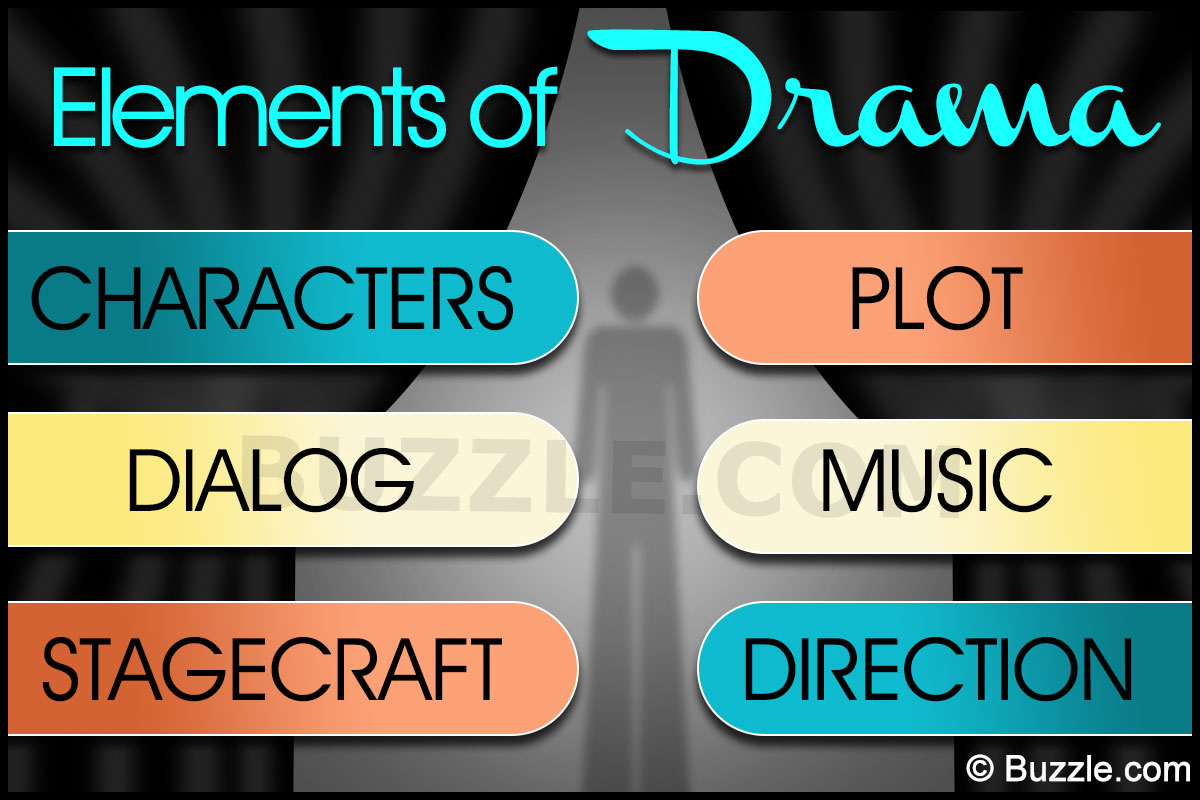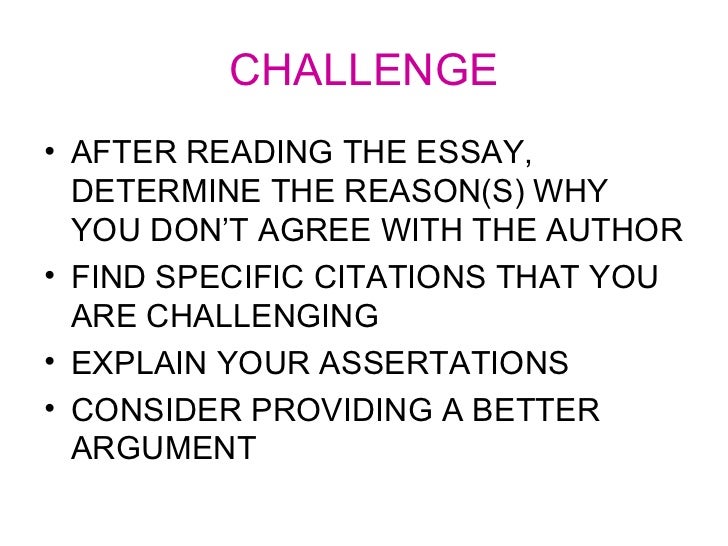Chall needed to consider the differences in children's reading development, the multifaceted view of comprehension, and that critical response is absent from the high school and post-high school stage.
Limitation 1: Children's Reading Development Varies
Children do not develop naturally in the order that Chall (1983) proposed. As an experienced teacher, it is quite apparent that all children's cognitive level is not uniformed. Therefore, some children might be 13 years but still lack decoding skills. Find a quote or theory to support this view.
Limitation 2: Lacks Multifaceted View of Reading Comprehension
Woolley (2008) stated that there are many environmental and personal factors that contribute to reading success. Reading comprehension is a complex interaction of language, sensory perception, memory, and motivational aspects. However, most existing assessment tools have not adequately reflected the complex nature of reading comprehension. Good assessment requires a multifaceted approach to reading diagnosis and flexible interventions in order to cater for individual learning needs.
Miller (2018) said the multifaceted approach include:
- Fostering Learning from Text -- techniques teachers control as they guide students in reading and comprehending a single text (scaffolding readers).
- Nurturing Response to Literature -- targeting the student's emotional and aesthetic response to an author's words.
- Teaching Comprehension Strategies -- instructing students on how to use specific strategies to better understand what they read.
- Promoting Higher-Order Thinking Skills -- Reflecting Bloom's Taxonomy, this instruction requires planning, deliberate and frequent focuses to take children beyond regurgitating facts to analyzing, synthesizing and evaluating.
- Teaching for Understanding -- Our goal always should to be not to simply touch the required curriculum, but to help students understand deeply.
Drama also helps.

Tompkins (2002) said, "Drama provides a medium for students to use language, both verbal and non-verbal, in a meaningful context."
Research supports that drama should be an integral part of the elementary and secondary curriculum. Utilizing drama strategies enriches learning in the reading program, the literature program, and the areas of oral language development, nonverbal communication, vocabulary development, listening skills, thinking skills, and creative writing. Yet, using drama strategies is often overlooked in the reading program (Linda, 1995).
Limitation 3: Critical Response is Nonexistent from Stage 3
High school students have the ability to
think critically and engage in critical response, but Chall did not highlight
this fact. Critical response paragraphs or essays do not merely summarize the
text or evaluate whether or not you like the text. Secondary students can
analyze, synthesize, evaluate, and substantiate their claims with evidence (like
quotations from authoritative sources) within and outside the text.
--Teachers better understand how reading is acquired (explain by giving examples of what you learnt from a few of the stages).
--Teachers must ensure our students' assessment are fair and match their level of reading (give an example). Chall's stages enhances the teaching-learning process. Knowledge is indeed power.
--Teacher are now cognizant that reading is indeed a problem in content areas and is not merely an issue for English teachers. After all, English is our primary language of communication in the education system so all teachers must be concerned.
--Teachers realize that motivation is a critical component in getting students to read. While the students have their role to play, their progress largely hinges on the teachers' attitude toward reading. As the adage indicates, attitude determines aptitude.
--Like all studies, Chall's stages has limitations, which creates an interest in teachers like myself to do further research on the Caribbean situation.
--Chall's stages let teachers realize that it is not only the physical environment must be conducive to reading development but the socio-psychological environment is just as crucial. The environment must be colourful, interactive, and stimulating.


This limitation is well-explained, but adding an example or personal anecdote could make the point more relatable for readers.
ReplyDeleteFranchise India Expo hyderabad
Trough Screw Conveyor delhi
You could clarify why this order may not be universal. Are there cultural, environmental, or social factors at play?
ReplyDeleteWarehouse Storage rack manufacturer
mobile compactor Manufacturer
This limitation is strong. You might enhance it by briefly explaining how a multifaceted approach benefits struggling readers.
ReplyDeletefifo flow rack
heavy duty rack manufacturer delhi
You could provide an example of a scaffolding technique to make this concept clearer for readers unfamiliar with the term.
ReplyDeletepallet rack in delhi
Dust collector manufacturer
Adding a brief example of how Bloom’s Taxonomy is applied in a classroom setting would make this more tangible.
ReplyDeleteFranchise Show Delhi
Franchise Show hyderabad